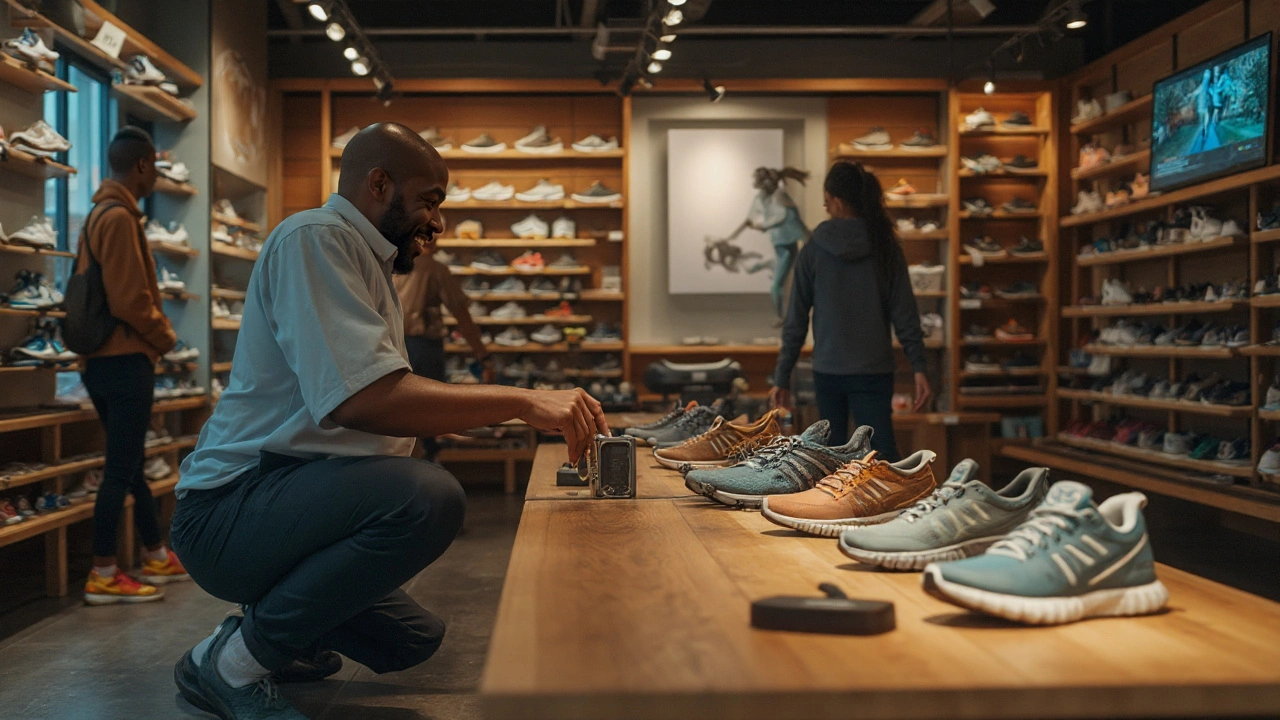Athletic Footwear: How to Choose the Right Pair for Sports and School
When you need a shoe that can keep up with a fast break, a sprint, or a long day of classes, the right athletic footwear makes a huge difference. A good pair protects your feet, boosts performance, and stops pain before it starts. Below you’ll learn what to look for, how to match shoes to activities, and simple ways to keep them in top shape.
How to Pick the Right Pair
First, think about the sport or activity. Running shoes have extra cushioning for repeated impact, while basketball shoes give ankle support for quick cuts. If you play multiple sports, look for a cross‑training shoe that balances cushioning and stability.
Next, check the fit. Shoes should feel snug at the heel, with about a thumb’s width of space in the toe box. Too tight and you’ll get blisters; too loose and you risk slipping. Try them on in the afternoon—your feet swell during the day, so a later fitting gives a more realistic size.Arch type matters, too. If you have flat feet, a shoe with motion control helps keep the foot from rolling inward. High arches benefit from extra cushioning. Most stores have a quick arch test; stand on a piece of paper and look at the imprint to see if it’s a full, medium, or narrow shape.
Don’t ignore the sole. A harder rubber outsole lasts longer on gym floors, while a softer tread gives better grip on outdoor tracks. If you often run on concrete, choose a shoe with a thick, shock‑absorbing midsole.
Caring for Your Sports Shoes
Proper care extends the life of your footwear and keeps them performing. Let them air dry after each use; stuffing them with newspaper speeds up drying and helps maintain shape. Avoid the dryer—high heat can warp the sole and damage the glue.
Clean them regularly. A soft brush removes dirt, and a mix of mild soap and water wipes away sweat stains. Skip harsh chemicals that can break down the material.
Rotate pairs if you train often. Using the same shoes every day accelerates wear on the cushioning and reduces support. Having at least two pairs lets each recover after a workout.
Finally, know when to replace them. Most athletic shoes lose their shock absorption after 300‑500 miles of running or about six months of regular use. If you feel more foot fatigue or notice uneven wear on the sole, it’s time for a new pair.
Choosing the right athletic footwear doesn’t have to be confusing. Focus on the activity, fit, arch support, and sole type, then keep the shoes clean and dry. With these simple steps you’ll stay comfortable, protect your feet, and get the most out of every game or class.
How to Choose Athletic Footwear to Prevent Acute Muscle Injuries
- 1.09.2025
- Posted in Health
- 8 Comments

Stop muscle pulls before they start. Learn how to pick shoes with the right fit, drop, stability, and traction for your sport, surface, and body-without the hype.

